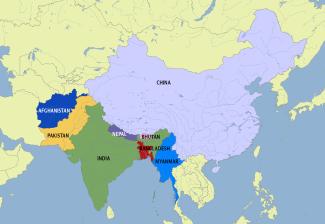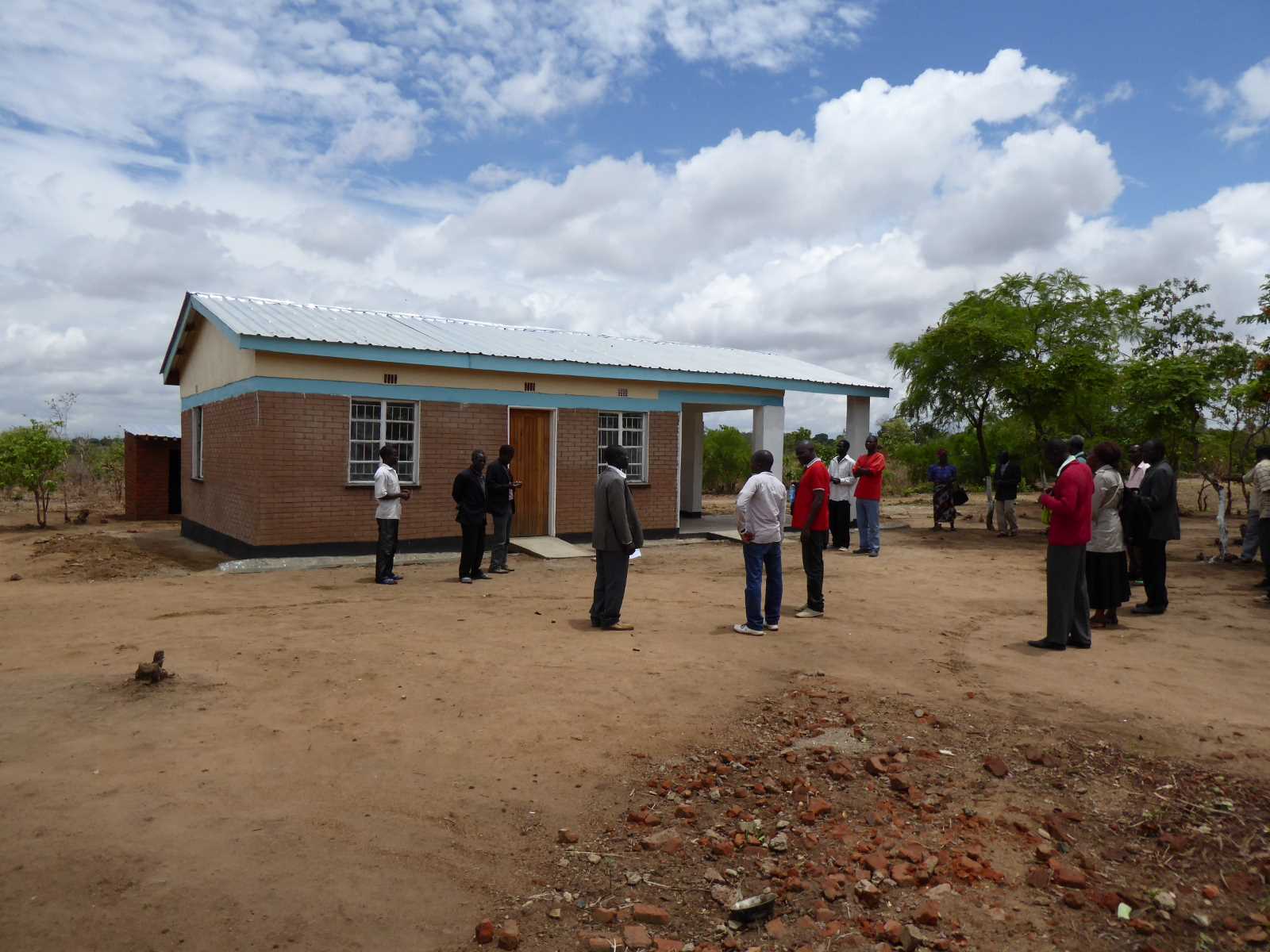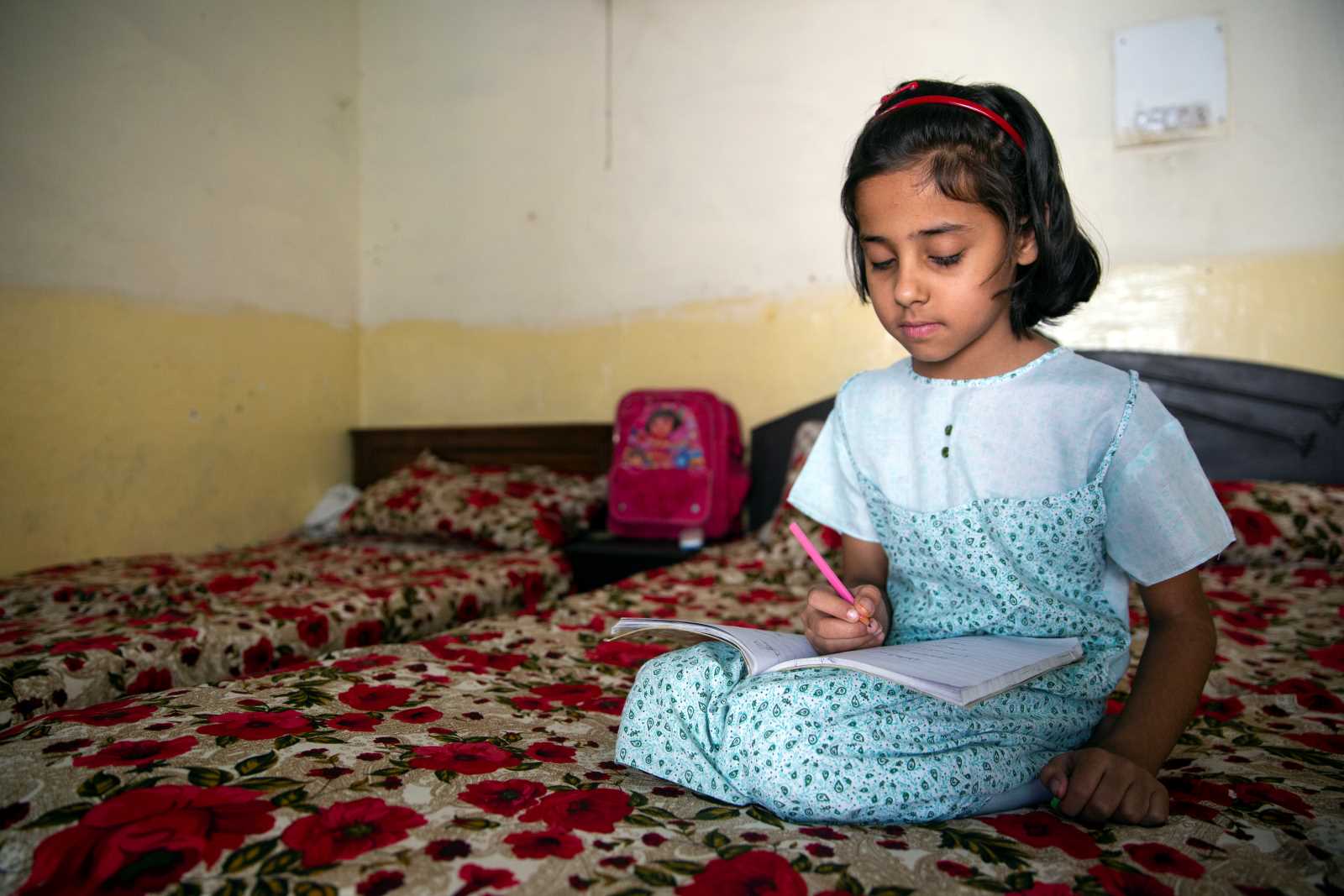Ecosystems
Himalayan tsunamis

“Climate change is poised to shift precipitation patterns and speed glacial melt, altering water supplies and intensifying floods and drought,” warns Betsy Otto of the Washington-based World Resources Institute (WRI). The WRI predicts that Pakistan will experience “extremely high water stress” in 20 years. The trend was recently confirmed by a study published in the science journal Nature.
In January 2016, the non-governmental organisation Waterkeeper Alliance launched an initiative to protect the Himalayan waters. The network covers India, Nepal and Bhutan, striving to protect the “third pole”, as the mountains and their ecosystem are sometimes called because only the Antarctic and the Arctic have comparable masses of ice and snow.
Ladakh is one of the regions affected. It is part of the Indian state of Jammu and Kashmir, located at an altitude of almost 3,000 meters. Ladakh has been witnessing catastrophic flash floods. Rapid deforestation has compounded the problems. Flash floods are expected to become more common and are now called “Himalayan tsunamis.”
The International Centre for Integrated Mountain Development (ICIMOD) is an intergovernmental agency that serves learning and knowledge-sharing centre in eight member countries (Afghanistan, Bangladesh, Bhutan, China, India, Myanmar, Nepal and Pakistan). It is based in Nepal’s capital, Kathmandu. Global climate change has negative impacts on the fragile mountain ecosystems and the livelihoods of mountain people. The ICIMOD’s mission is to assist “mountain people to understand these changes and adapt to them”.
The ICIMOD identifies three challenges in the management of surface and groundwater in the Hindu Kush Himalaya (HKH):
- The mountain ranges’ hydrology – and particularly how surface and ground water interrelate – is not fully understood.
- Statistics tend to be poor and data is not shared much in region, so policymakers cannot base decisions on solid information.
- The big rivers cross borders, so appropriate policies can only be made at an international level. Water management schemes, however, are national. They tend to focus on short-term needs with little concern for long-term consequences. Countries in the HKH need to expand the scope of their focus to conserve transboundary aquifer systems.















